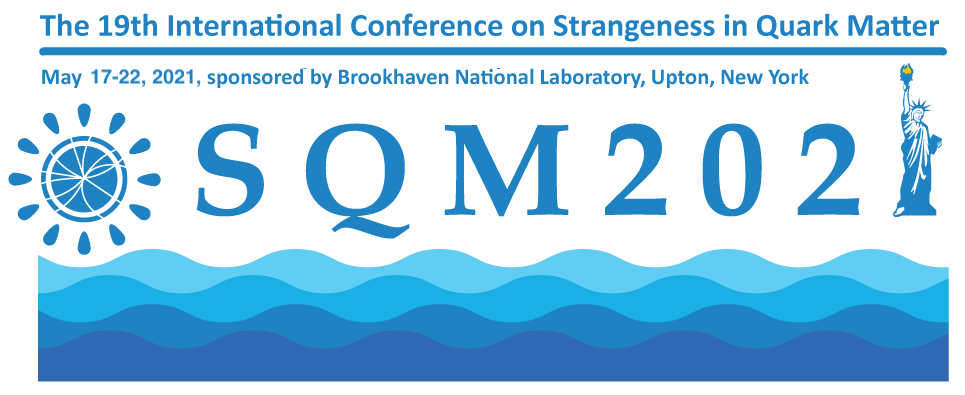Speaker
Description
Measurements of open heavy-flavor hadron and heavy-flavor jet production in heavy-ion collisions provide a powerful tool to study both initial-state effects on heavy-quark production and final-state interactions between heavy quarks and the Quark-Gluon Plasma (QGP).
These measurements are performed with the ATLAS detector at the LHC and capitalize on the large statistics of the Run 2 Pb+Pb dataset.
This talk presents published results on the azimuthal anisotropy ($v_2$ and $v_3$) of muons from heavy-flavor decays in Pb+Pb collisions, as well as new results on the nuclear modification factor ($R_\mathrm{AA}$) for heavy-flavor muons, both in the region $p_\mathrm{T} > 4$ GeV.
In both measurements, muons from charm and bottom hadrons are statistically separated using the transverse impact parameter with respect to the primary collision vertex.
Muons from both charm and bottom hadrons are found to have significant azimuthal anisotropies in Pb+Pb collisions, with larger anisotropies for muons from charm hadrons than for muons from bottom hadrons.
Muons from both sources are also observed to be strongly suppressed with respect to the $pp$ baseline, in a way that depends on the mass of the parent hadron at low to moderate muon $p_\mathrm{T}$.
The simultaneous measurement of multiple observables ($v_2$, $v_3$, and $R_\mathrm{AA}$) for both charm and bottom with the same detector and technique is particularly crucial in providing constraints on state of the art theoretical predictions.
Additionally, a new measurement of fully reconstructed $b$-jet suppression is presented.
$b$-jets are tagged by the presence of a muon within the jet cone, and are separated from charm jets and light jets based on the $p_\mathrm{T}$ of the muon relative to the jet axis.
This measurement, also performed in 2018 Pb+Pb data, provides a substantial statistical improvement over previous measurements.
| Collaboration | ATLAS collaboration |
|---|
